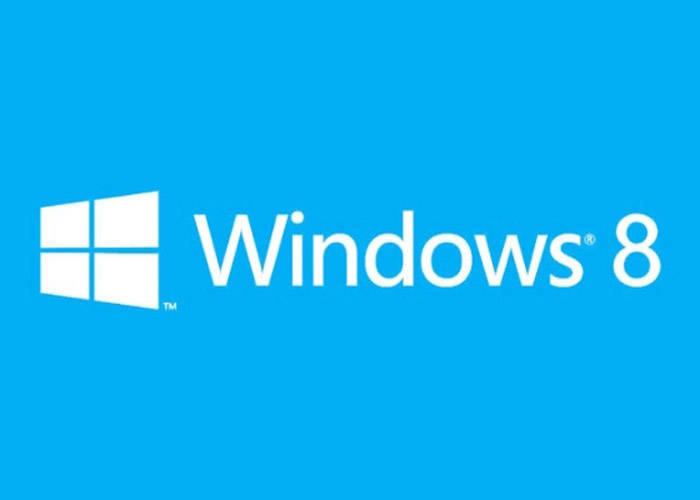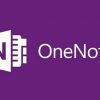

Windows 8 is finally here!
Microsoft launched the all new and revised Windows 8 OS and Windows RT during a launch event held in New York, the USA, where Microsoft CEO Steve Ballmer talked about the features of the new operating systems and detailed their new functions.
There aren’t any surprises when it comes to Windows 8 – the new OS comes in three versions – Windows 8, Windows 8 Professional and Windows 8 Enterprise – and launches with the new GUI formerly known as Metro and takes advantage of a number of new technologies including USB 3.0, cloud computing, UEFI firmware, NFC, malware filtering, secure boot and others. Apart from the new Windows 8 look the new OS also offers some visual changes in the familiar desktop working space and Windows Store, where you can purchase applications for the new software platform. Windows 8 also comes with some aggressive pricing – if you buy a PC with Windows 7 until January 31, 2013 you can upgrade to Windows 8 for just USD 14.99; users with older Windows version can upgrade to Windows 8 for USD 39.99 (USD 69.99 for retail versions) until January 31, 2013, which is significantly lower than what Microsoft asked for when releasing other versions of Windows.
In order to run Windows 8 you need a PC with a 1 GHz processor (with SSE2, PAE and NX support), 1 GB of RAM (32-bit version) or 2 GB RAM (64-bit version) and at least 16 GB of free hard drive space (20 GB for the 64-bit version).
The next big launch was that of Windows RT – a version of Windows 8 designed to work on ARM devices such as tablets. You won’t find Windows RT in the software store near you though – this version will be sold to manufacturers only and will come with the devices they make themselves. In addition Windows RT will be somewhat software limited – it will only run software designed by Microsoft and placed in Windows Store. Windows RT will come with additional applications – it will offer Microsoft Office Word, Excel, PowerPoint and OneNote.
Source: Microsoft
